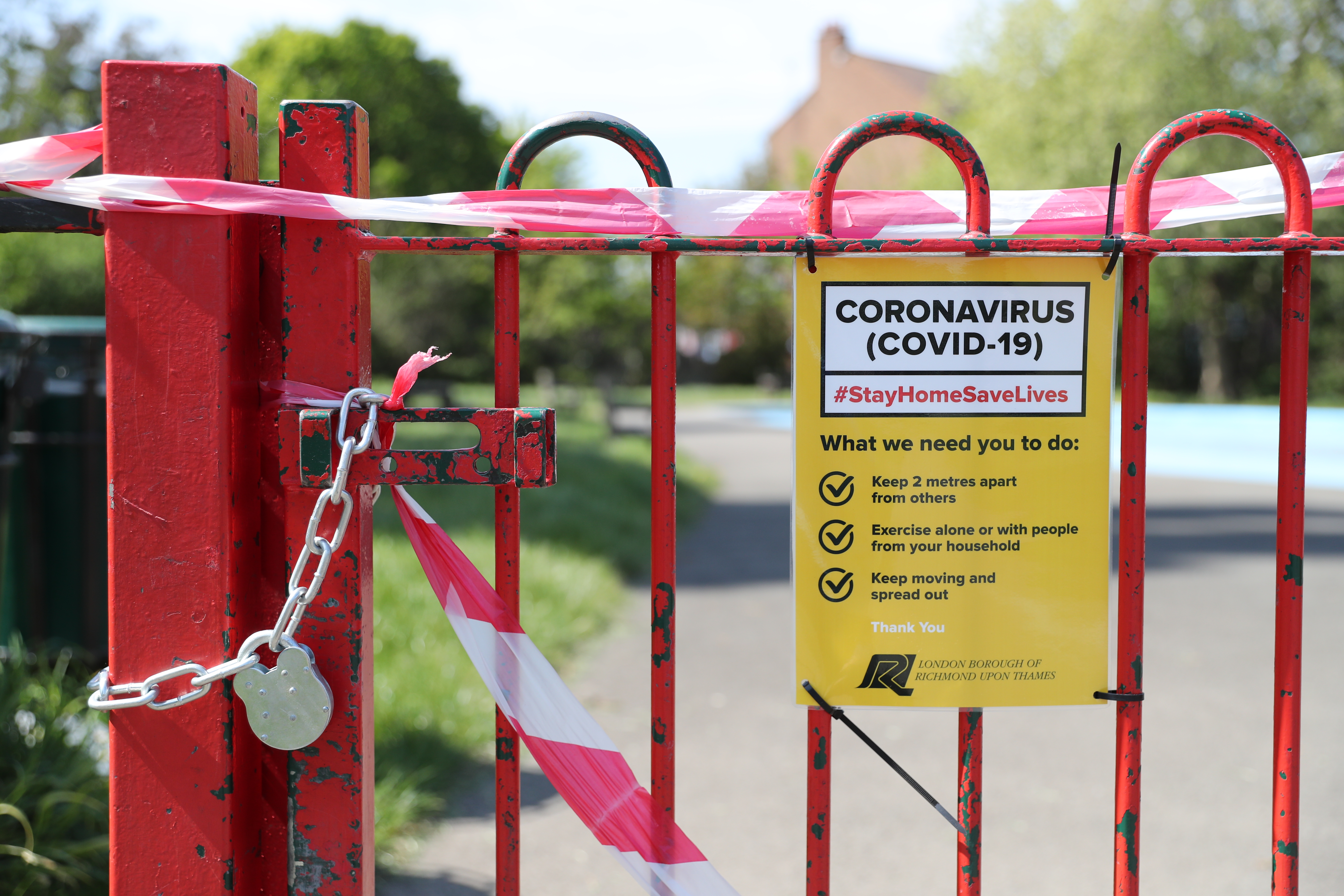The suspension of schooling has already led to fears of a lasting impact on children’s education, especially among poorer children. As I wrote here a couple of weeks ago, the Education Endowment Foundation has estimated that a six-month closure of schools could lead to an attainment gap of 36 per cent between children from the best-off and worst-off households.
But what about the effect of school closures on children’s emotional development? A team from Cambridge University and the Massachusetts Institute of Technology, writing in the Lancet Child and Adolescent Health, warns that deprivation of peer contact among adolescents could have a serious impact on brain development, leading to anxiety, depression and aggression. In young children, they say, parental contact is vital for brain development. But between the ages of 10 and 24 people go through a period of heightened sensitivity to social stimuli, and experience an increased need for peer interaction.
The amount of work on humans is, they admit, limited, but they cite a number of animal studies where mice and rats have been deprived of contact with their peers during a crucial phase of adolescence – which for them equates to days 21 to 60 of their lives. Depriving them of peer contact even for just 24 hours led to greater anxiety and depression, and impaired their ability to learn through rewards. Besides behavioural observations, rodents subjected to these experiments were found to have physical differences in brain development.
Separately, researchers at the Institute of Education at University College London have uncovered a huge gap in the amount of school work that children have been doing at home during lockdown. On average, they discovered, children are doing 2.5 hours of schoolwork a day. However, while 17 per cent are doing more than four hours of work a day, a fifth of pupils are doing less than one hour, and in some cases none at all. While 31 per cent of private schools are providing four or more online lessons a day, only six per cent of state schools are managing this. In all, 71 per cent of state school children are receiving less than one hour’s worth of teaching a day. Access to computers was also a problem, with 20 per cent of children who are eligible for free school meals having no computer at home on which they can undertake study.
In spite of growing evidence of educational disadvantage through the continued closure of many schools, the government last week abandoned plans to get all primary school children back in the classroom at some point before the end of term in July, while Matt Hancock suggested that secondary schools might not be fully open even in September.








Comments